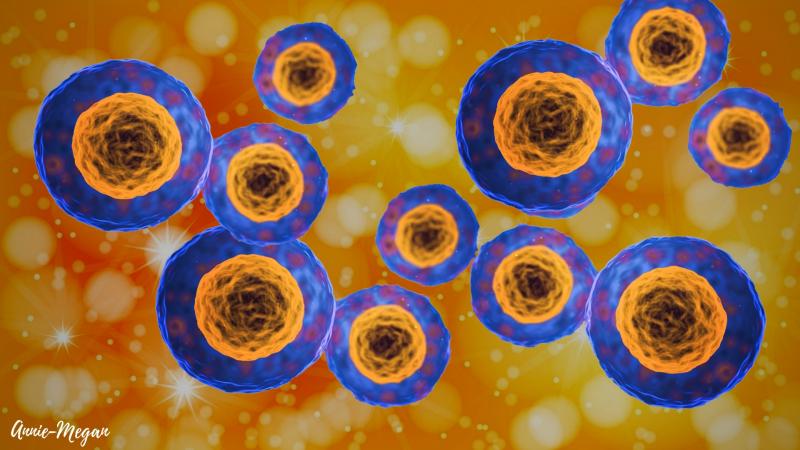
Researchers from IIT Bombay and CSIR-NCL show how gold-liposome nanohybrids can kill cancer cells.
Nanostructures, made up of organic and inorganic materials, used under near-infrared light exposure are being explored to treat cancerous cells, proving to be a ray of hope for those who have cancer. Although still in its development phase, it is now possible to target and kill specific cancer cells using nanoparticles. These nanoparticles can be used for localised diagnosis and treatment of cancer cells, thus causing minimum damage to healthy cells; quite in contrast to the side effects and healthy cell damage caused due to the high dose during conventional radiation or chemotherapy. In a new study, scientists from the Indian Institute of Technology Bombay led by Prof Rohit Srivastava, and the Nano and Computational Materials Lab, Catalysis Division, Council of Scientific & Industrial Research(CSIR)-National Chemical Laboratory (NCL), Pune, led by Dr Kaliaperumal Selvaraj, have designed hybrid nanoparticles, made of gold and lipids, to treat cancer.
“To the best of our knowledge, the cancer nanomedicines are still facing the issues of poor absorption at the target regions, and bio-incompatibility. Our main objective is to work towards resolving these limitations and making better and safe nanomedicine”, says Dr Rajendra Prasad from the Nano and Computational Materials Lab, NCL, who is an author of the study. The study was published in the journal Bioconjugate Chemistry and was funded by the Infosys Foundation and CSIR.
The researchers have made gold-lipid nanoparticles which respond to light, can be directed inside the body to release drugs at a targeted area when needed, and are biocompatible, which means they are not toxic inside our body. These nanoparticles can convert incident light into heat and increase the temperature of cancer cells, helping to kill them. The researchers chose gold to make the nanohybrid as being a metal, gold can efficiently convert light to heat. These nanoparticles disintegrate under near-infrared light, releasing the anticancer drug contained within their structure. The body can easily get rid of the disintegrated particles, reducing toxic effects.
The gold-lipid nanohybrid self assembles under ambient conditions. In the nanohybrids, spherical membranes of lipids enclose the anti-cancer drug and the gold nanorods are lined on the inside and outside of the membrane. These gold nanohybrids can be used both for diagnostics and therapeutics; such single systems used for both diagnosis and therapeutics are known as theranostics. Since the nanohybrids show excellent contrast in imaging, they are easy to trace during theranostics.
“Although the concept of synergistic photothermal therapy is well documented in the literature, this is the first comprehensive study using gold nanorods supported liposomal nanohybrids for cancer theranostics”, says Dr Prasad, talking about the novelty of the research. “When we compared the efficacy of these hybrid nanoparticles with other cancer treatments, they found that these nanoparticles were able to kill about 90% of all the cancerous cells,” comments Dr Deepak Chauhan who examined the designed nanohybrid at a cellular level. The researchers are now testing these nanoparticles on mice.
How soon can this technology be used for cancer treatment by the general public, you ask? “Making nanosized medicine available in clinics and for the common public is challenging,'' remarks Dr Prasad. “We need to study the drug in vivo in mice and large animals such as pigs and monkeys, and a few phases of clinical studies in humans. We also need to get the Food and Drug Administration (FDA) approval before releasing it to the public,” he signs off, talking about the road ahead.
This article has been run past the researchers, whose work is covered, and the institution to ensure accuracy.





